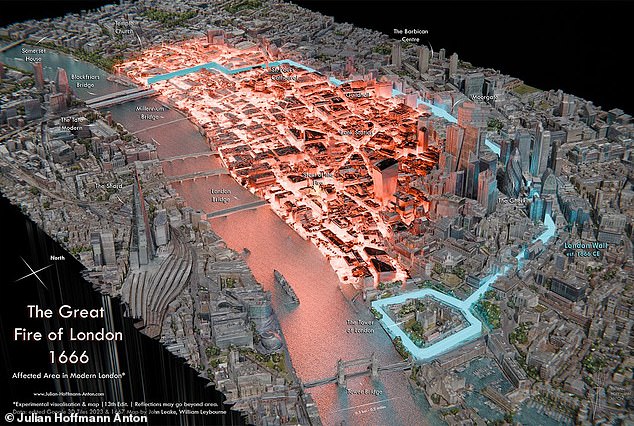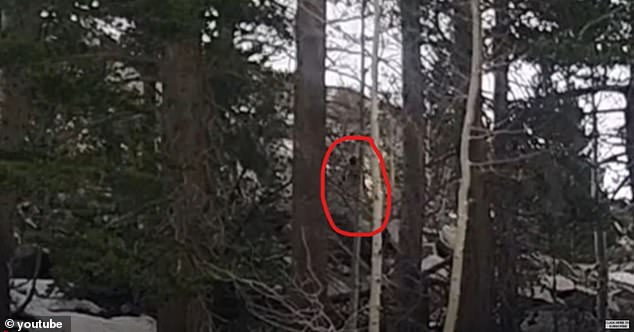
Apocalyptic Great Fire Today: Map Reveals Walkie-Talkie, Bank Station, The Ned Destroyed
The Great Fire of London Reimagined: What If It Happened Today?
In 1666, a catastrophic fire engulfed London, destroying 13,200 homes and leaving 100,000 people homeless. Sparked in a Pudding Lane bakery on September 2, the blaze raged for four days, fueled by strong winds and a dry summer. Miraculously, only six deaths were recorded, but the city was left in ruins.
Modern-Day Devastation Mapped
Data visualization designer Julian Hoffman Anton has superimposed the 1666 fire’s path onto modern London, revealing alarming impacts. If the fire occurred today, it would devastate the City of London, consuming landmarks like the Walkie Talkie skyscraper, Bank and Cannon Street stations, Leadenhall Market, St. Paul’s Cathedral, and The Ned hotel. Holborn, Fleet Street, and surrounding areas would also be engulfed. However, the Gherkin, Tower of London, and Moorgate would narrowly escape.
[Image: Map showing fire’s projected spread over modern London]
Caption: Anton’s map reveals the fire’s potential path in 2025.
Why the Fire Spread
Seventeenth-century London was a tinderbox: wooden homes, thatched roofs, and warehouses packed with oil and straw allowed flames to race unchecked. Firefighting methods were rudimentary, relying on leather buckets and water squirts. Jane Rugg, curator at the London Fire Brigade Museum, notes, “There was no organized fire brigade… Tools had little effect.”
[Image: 17th-century London replica burning on the Thames]
Caption: A 2016 reenactment of the Great Fire’s destruction.
Eyewitness Accounts
Samuel Pepys’ diary offers a vivid account. He described fleeing in his nightgown, burying his cheese and wine, and witnessing panicked crowds carting away belongings. Pepys also advised the Navy to use gunpowder to blow up buildings, creating firebreaks. King Charles II joined efforts to quell the flames, which were finally contained by September 5.
[Image: Bank station amidst imagined flames]
Caption: Key transit hubs like Bank station would be devastated.
Legacy and Lessons
Post-fire London faced a grueling rebuild. Temporary shelters led to disease outbreaks, and the city’s £10 million loss dwarfed its annual £12,000 income. Architect Sir Christopher Wren designed the 202-foot Monument near Pudding Lane, marking the fire’s start.
[Image: The Ned hotel in modern London]
Caption: The Ned hotel sits within the fire’s projected zone.
Today, concrete structures and advanced fire services make such devastation unlikely. Yet Anton’s map reminds us of history’s fragility. “Blending data with history changes how I see London,” he says. “I hope this map deepens appreciation for the city’s resilience.”
Key Facts About the Great Fire
- Origin: Began in Thomas Farriner’s bakery on Pudding Lane.
- Spread: Accelerated by dry weather, wind, and flammable materials.
- Impact: Destroyed 87 churches, St. Paul’s Cathedral, and 436 acres.
- Rebuild: Took 50 years, with Wren’s Monument symbolizing renewal.
[Image: The Monument commemorating the fire]
Caption: The Monument’s height equals its distance from Pudding Lane.
While modern London is safer, the Great Fire remains a stark lesson in urban vulnerability—and resilience.


